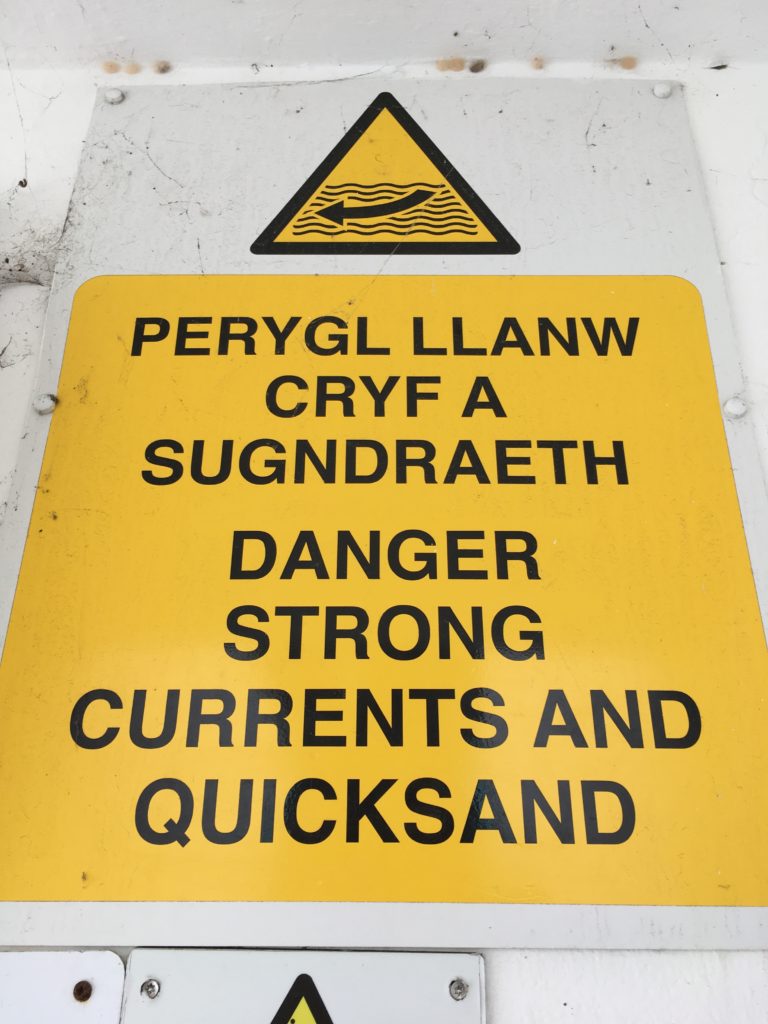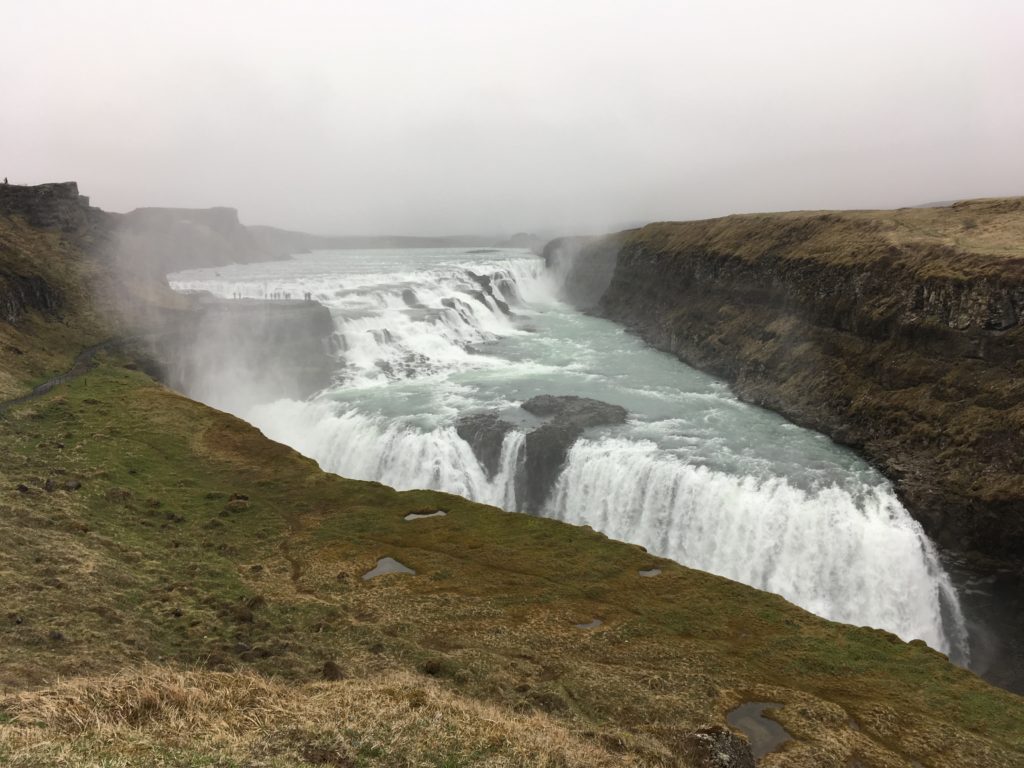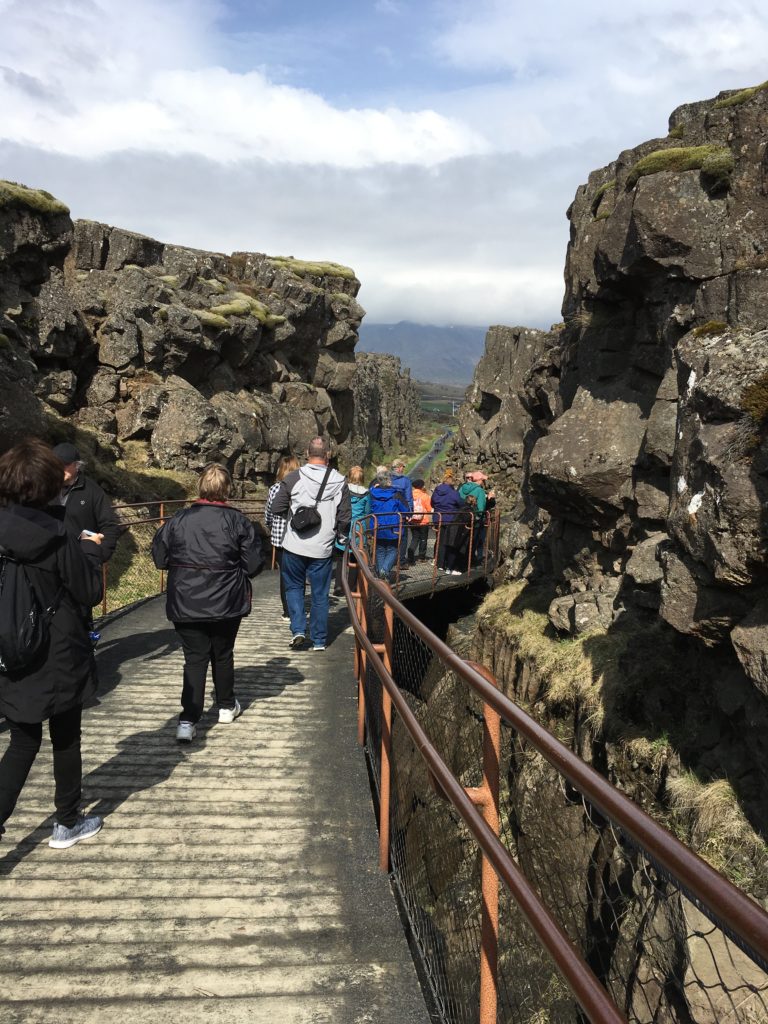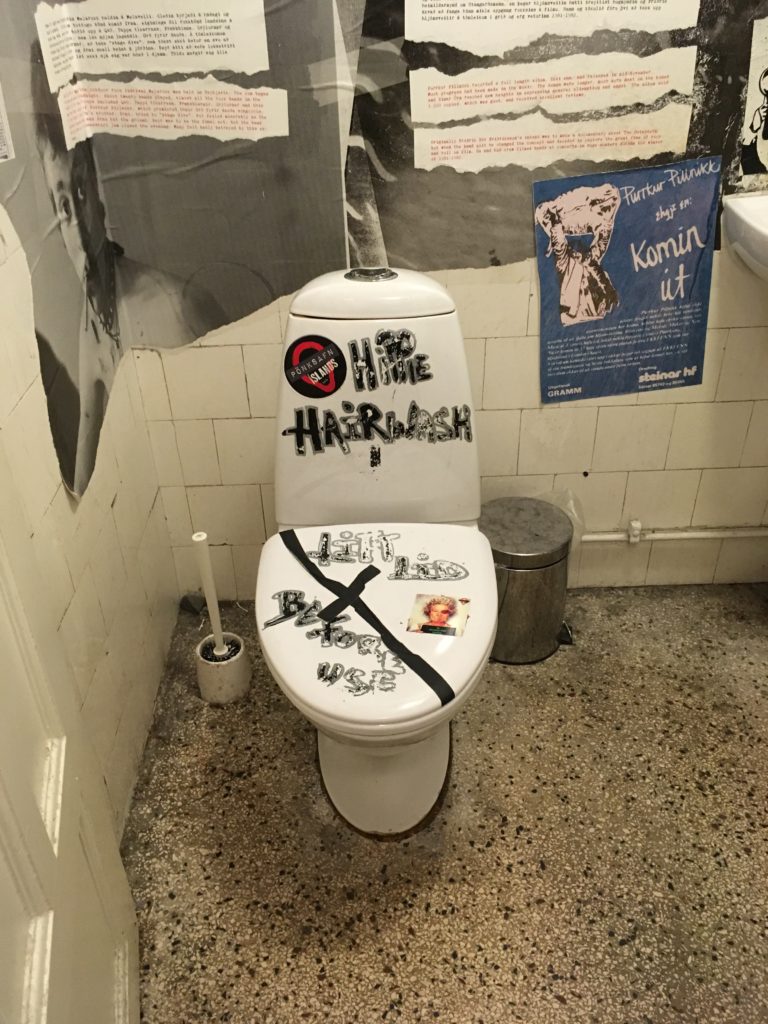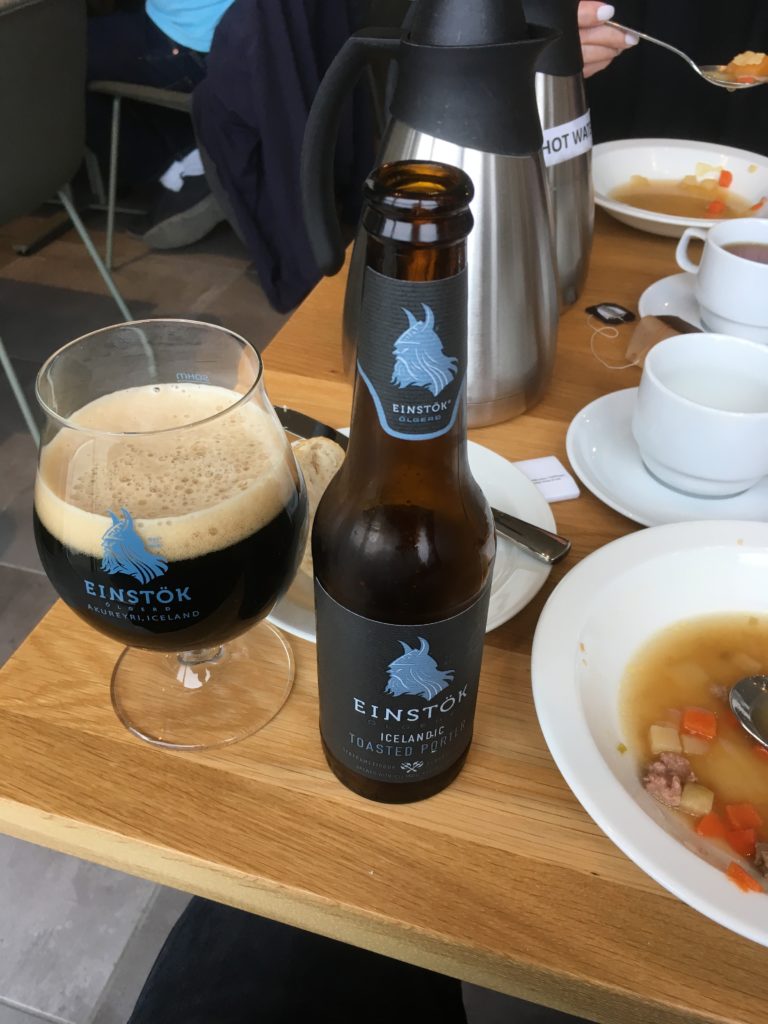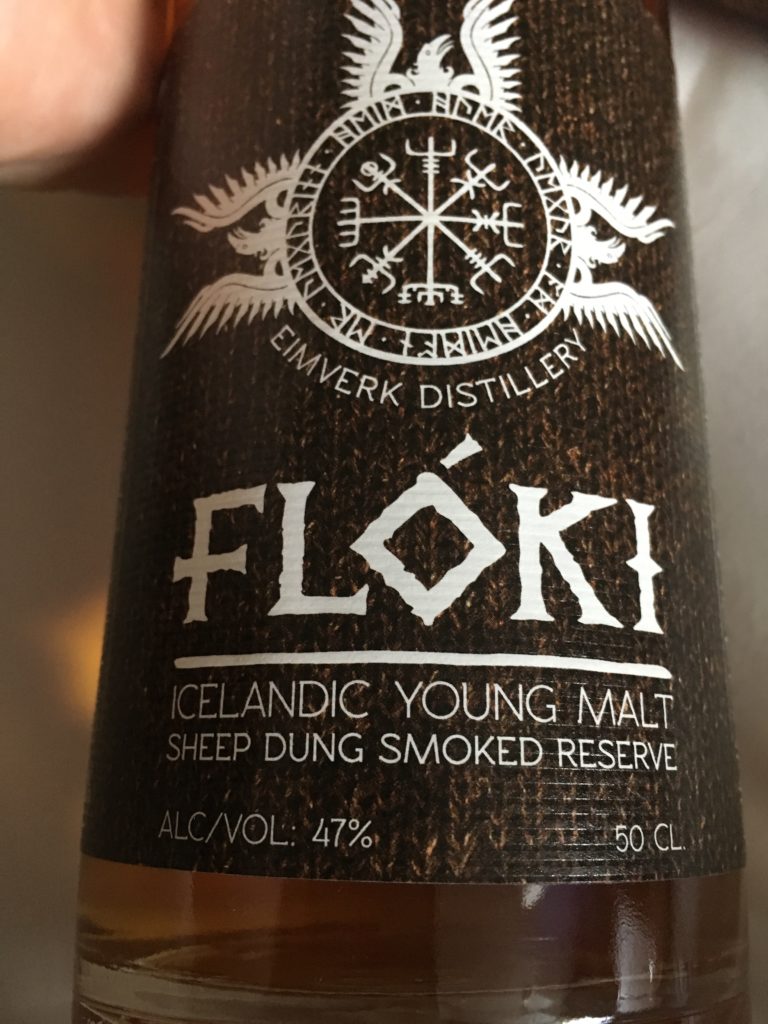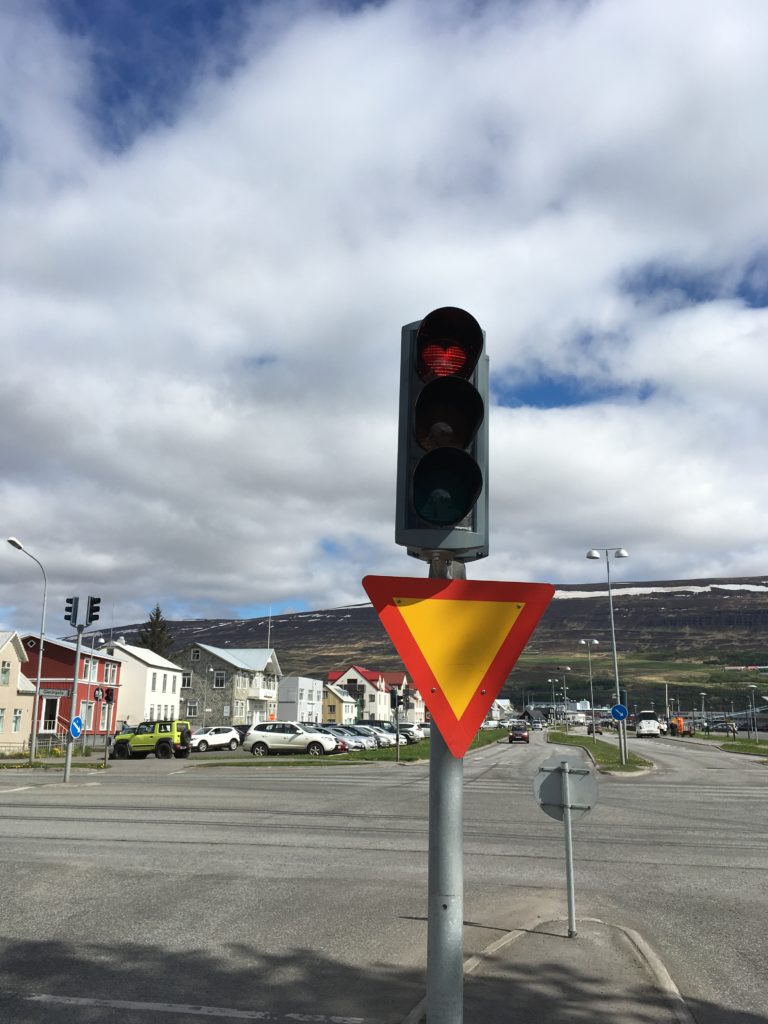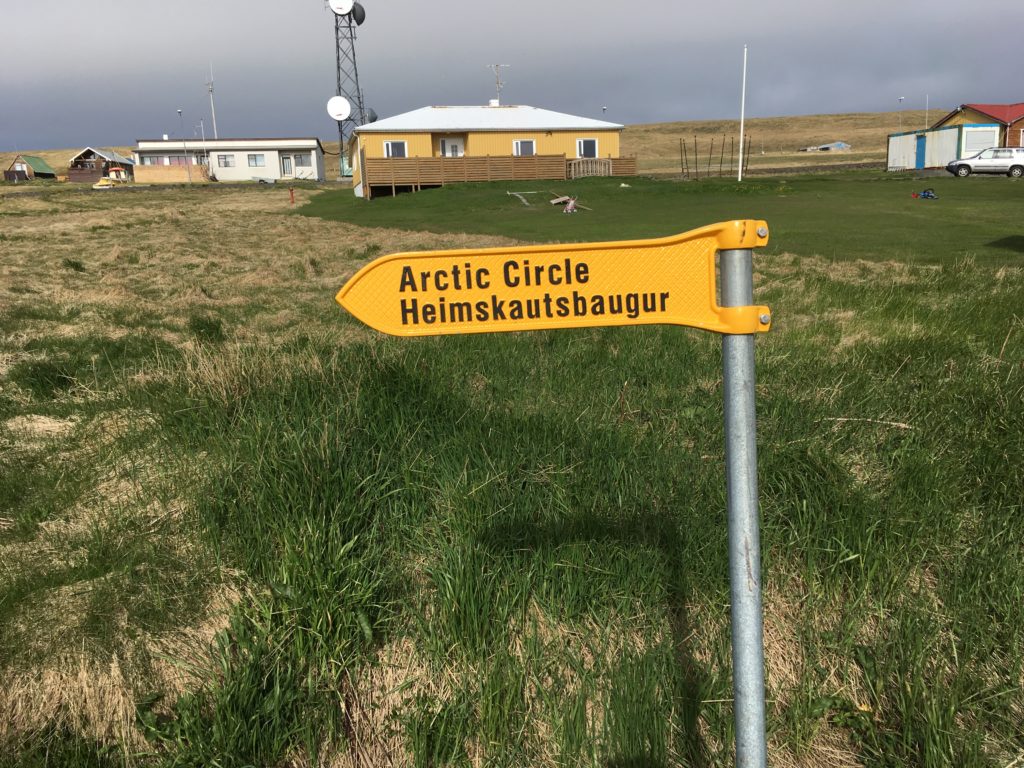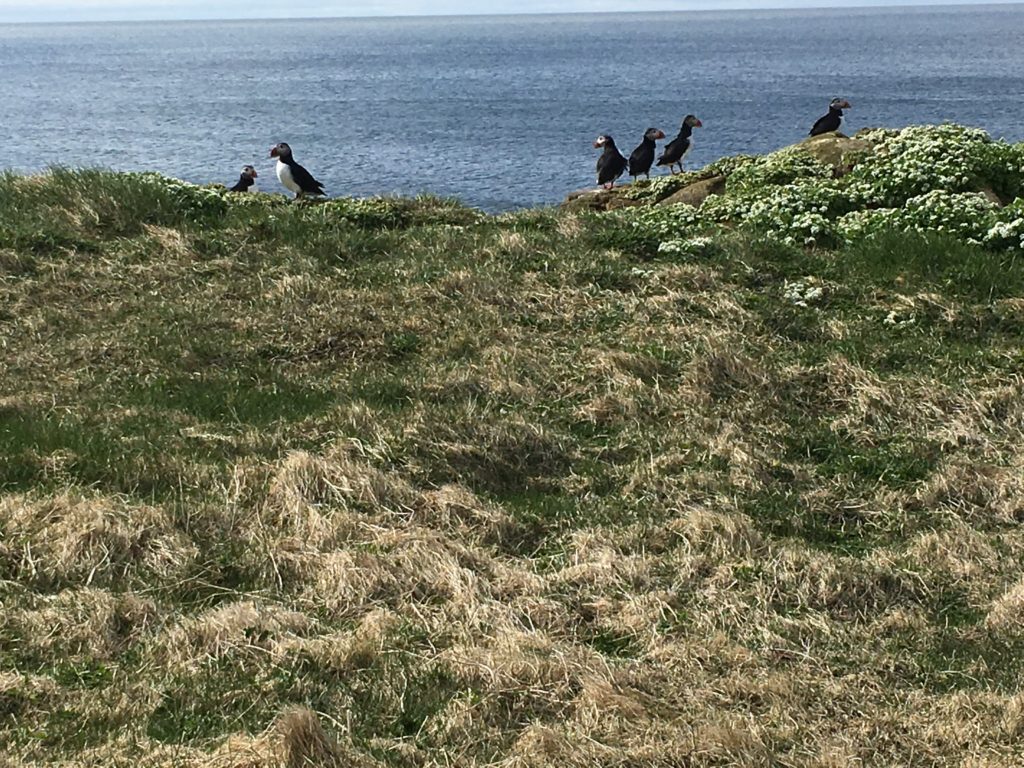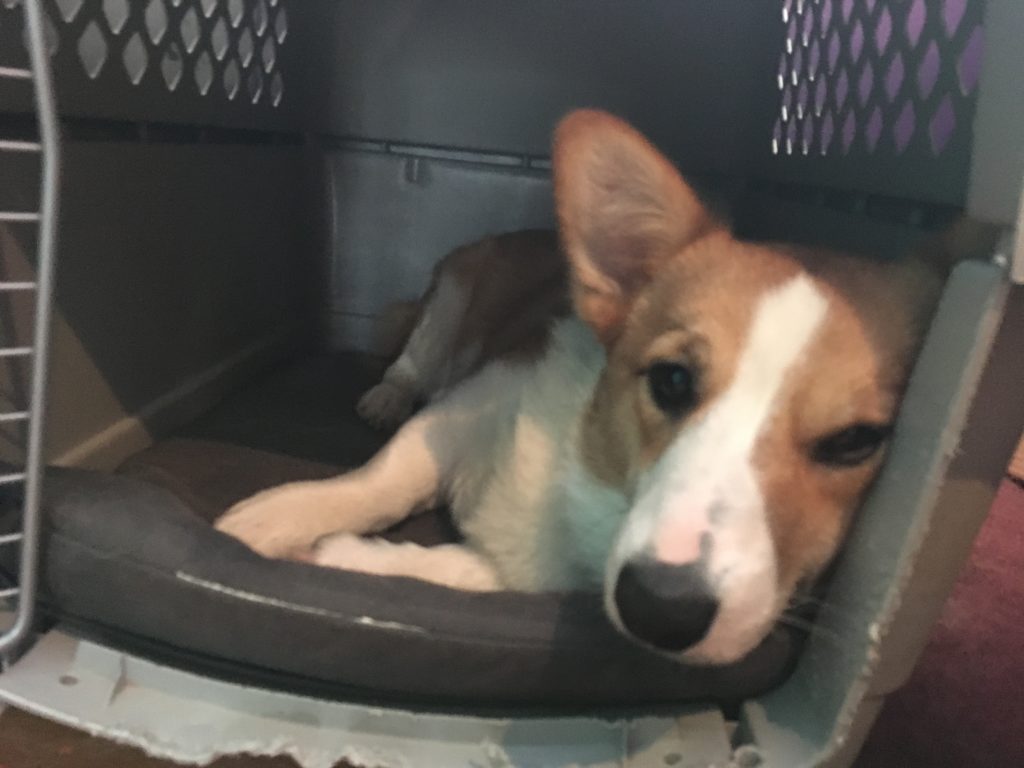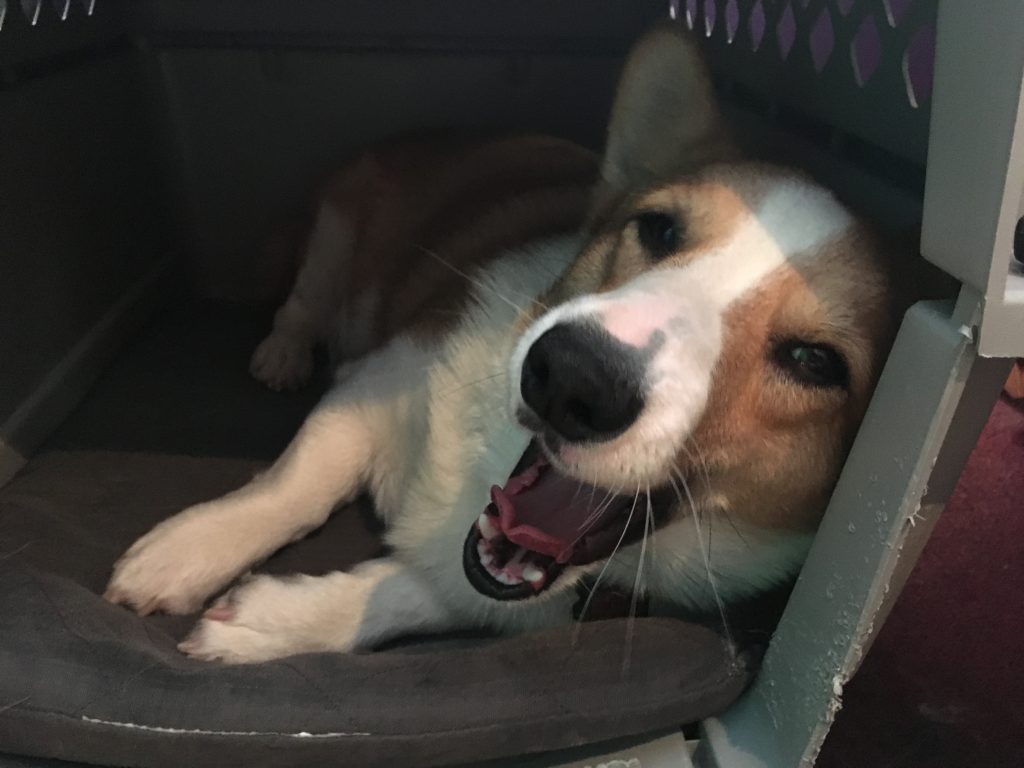Gizmos And The Writers Who Design Them
![]() Something we’ve known would be part of our story ever since the pre-outlining stage with our color-coded paper squares is a high-tech device (we like those) built by one of our main characters. Suddenly, now that the word count is over 120k, we discover that we never discussed what this gadget looks like.
Something we’ve known would be part of our story ever since the pre-outlining stage with our color-coded paper squares is a high-tech device (we like those) built by one of our main characters. Suddenly, now that the word count is over 120k, we discover that we never discussed what this gadget looks like.
So, the other night we did just that.
Such conversations are among the greatest joys of writing together. We can spend hours brainstorming, and frequently do, especially on long drives. But most of the time it’s about the broader shape of the plot. This was a lot of fun particularly because we were more or less engineering this trans-dimensional machine on the fly. Focusing on the details rather than the high-altitude view.
Kent can now proceed with the scenes featuring this apparatus, because we know what it looks like (more or less). There’s still somewhat of a range of options, but we have a shared image of what those possibilities encompass, now that we’ve agreed on how the thing goes about bending reality.
Sometimes “writing partner” is just a synonym for “fellow mad scientist.”

